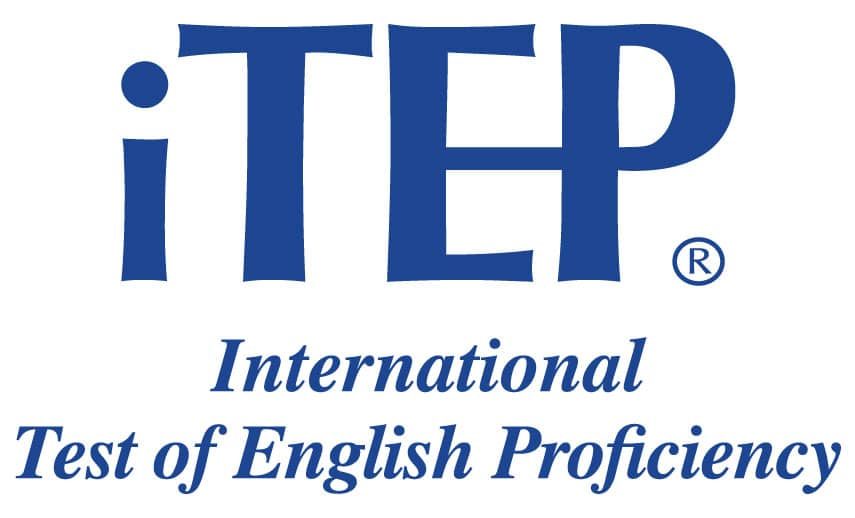Intro
1. Learn Vocabulary - Learn some new vocabulary before you start the lesson.
2. Read and Prepare - Read the introduction and prepare to hear the audio.
In 1968 2001: A Space Odyssey was released and quickly became one of the landmark science-fiction movies of all time. It was co-written by Stanley Kubrick, one of the greatest directors of all time and Arthur C. Clarke, one of the greatest science fiction writers of all time. The film was based on a short story called The Sentinel, written by Clarke. The film takes place in 2001. A perfectly formed black monolith has been discovered on the moon. A mission is launched to Jupiter where similar monolith has been found. It is implied that the stones are made by aliens and are the key to understanding the mysteries of the universe. But, this is never expressly stated. During the mission HAL, the super-computer that runs the ship experiences some problems in its programming and kills two of the three crew members
Dialog
1. Listen and Read - Listen to the audio and read the dialog at the same time.
2. Study - Read the dialog again to see how the vocab words are used.

|

|
Zach: But, the problem is when they’re going out to Jupiter there’s this computer that’s running the spaceship. And the computer kind of malfunctions and kills most of the crew.
John: Doesn’t it have a name?
Zach: Yeah, it’s, actually the computer’s name is HAL. And the way that they got that name was they took the letters of IBM and they just, y’know, made it one letter more or whatever.
John: Doesn’t he…I thought that computer, like, committed suicide or something. I didn’t…I didn’t think it malfunctioned. Didn’t it take on it’s own….
Zach: Um, I can’t remember, but the computer is, like, so super intelligent that it, um, it sort of has a mind of it’s own. And the programming gets screwed up so that it like talks to the crew members and for some reason or another it…it kills some of the crew members ‘cause it thinks the crew members are attacking it. It’s like a neurotic computer or something.
John: Maybe we should rent that sometime.
Zach: Yeah it’s a really sweet movie. Actually we should have, um, a Kubrick movie marathon sometime.

Super-computer HAL. The name was derived from I – H, B – A, M – L
Lesson MP3
The iTEP® test
-
Sponsored by

Discussion
Viewers are left to draw their own conclusions from the film. The first spoken word is almost a half hour into the film, and there’s less than 40 minutes of dialogue in the entire film. It deliberately moves at a slow pace and is considered to be more science than fiction. When it was first shown most critics gave it terrible reviews. But, it became very popular over time when it was re-released at least once a year from 1975 to 1982. There has been a lot of debate about this film. There has been a number of books written about it as well. For some people it gives them a sense of understanding about life and the universe. For others it is pretentious and boring. The makers of the film purposely left many questions unanswered. This is very interesting for some people, but frustrating for others. I’m one of those who really enjoyed it. I could watch it over and over and it would be different for me each time. I give it a 10 out of 10. In any case Arthur C. Clarke’s books have inspired many scientists for decades. His fictional ideas have resulted in the direct or indirect creation of real scientific discoveries and inventions such as the satellite. We thought it would be fun to talk about it since it’s almost 2001. Have you seen this movie? Would you like to comment on it? Come to the “Movie Madness” message board and ask them! From the front row, Zach
Share this lesson:
Post Ebaby! lessons on your blog:





















